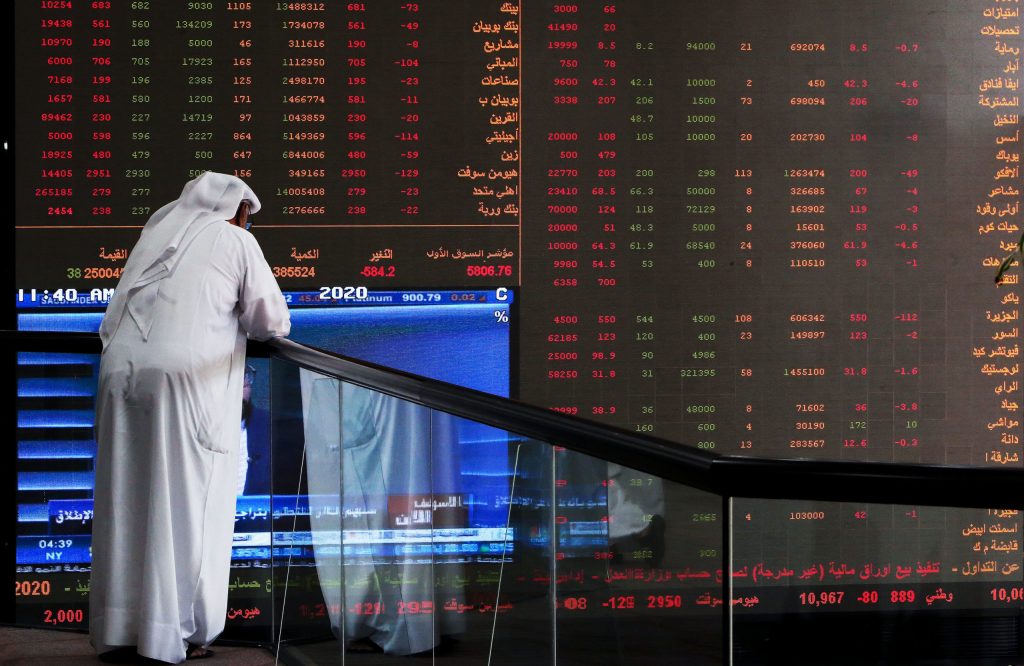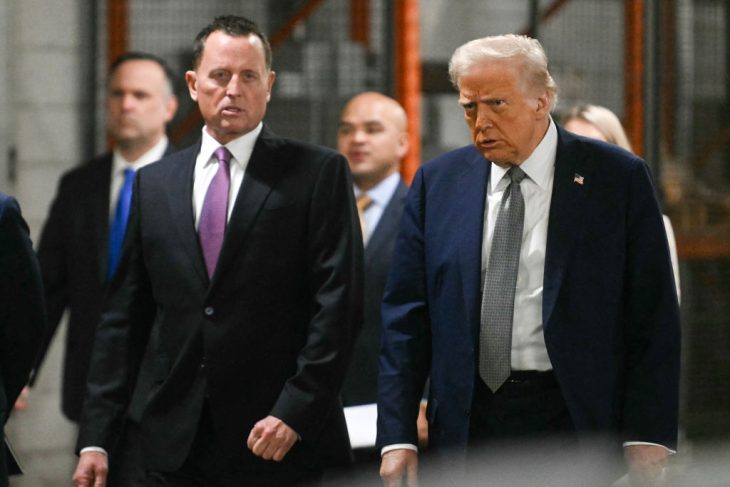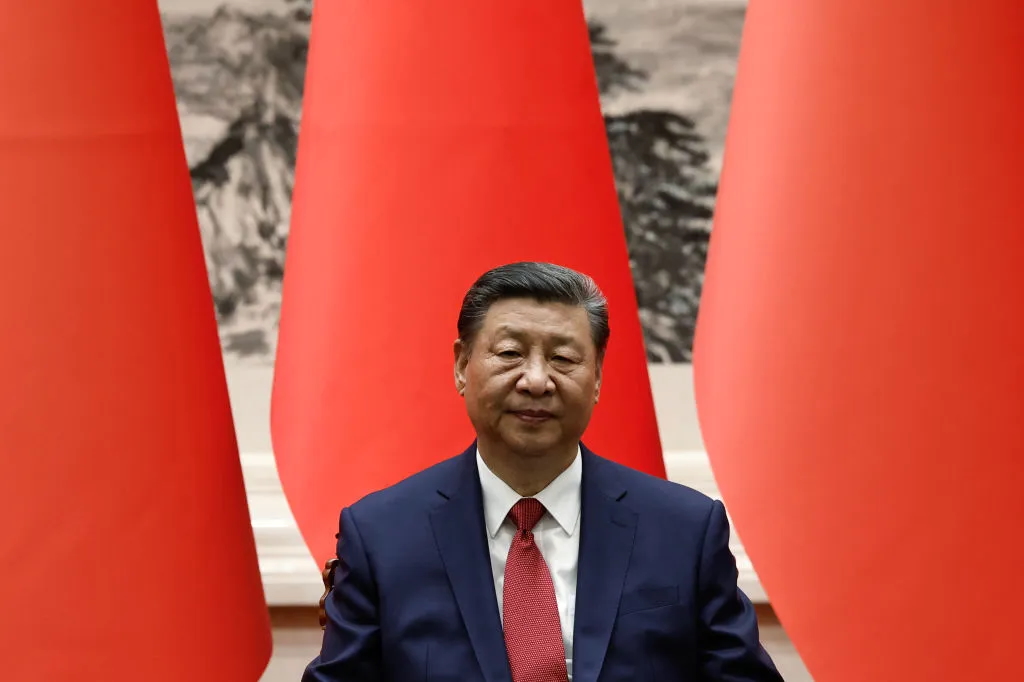For the first time in months, the coronavirus panic was briefly demoted as the main news story on Sunday when OPEC and oil-producing non-OPEC nations agreed a deal to cut oil production by 9.7 million barrels a day — initially to stabilize and then hopefully increase prices. It is the most dramatic production cut in history, and of course not unrelated to the pandemic itself.
Last month, demand collapsed as the global economy began to shut down, but Russia shot down a Saudi opening proposal fearing it would give a boost to the American fracking industry. The kingdom’s de facto leader Crown Prince Mohammed bin Salman threw a characteristic hissy fit and immediately slashed prices to key markets while promising to pump oil at maximum capacity (an increase of about three million barrels a day). Overnight, oil prices plummeted by a third, the biggest drop in history.
At first glance, the Saudis can smugly claim some sort of victory. They certainly succeeded in dragging the Russians back to the negotiating table. They won praise, too, from Donald Trump. The price collapse had posed an existential threat to the heavily indebted US shale industry the president is so fond of, which employs about 1.7 million and is concentrated in the rust-belt states crucial to Trump’s re-election.
‘Having been involved in the negotiations, to put it mildly, the number that OPEC+ is looking to cut is 20 Million Barrels a day, not the 10 Million that is generally being reported,’ Trump tweeted. ‘If anything near this happens, and the World gets back to business from the Covid 19, the Energy Industry will be strong again, far faster than is currently anticipated.’
How odd, then, that despite all the hype, oil prices rose only a few dollars on Monday, and even that rally has quickly fizzled out. It turns out that the cuts will not be all that was promised in the communiques, headlines and tweets. Goldman Sachs did the maths and soberly concluded that, once the gimmicks and the inevitable cheating by OPEC members was taken into account (the cuts are voluntary, and OPEC member almost never stick to them), the reality is a cut of just 4.3 million barrels a day from first-quarter levels.
That will put only a modest dent in a massively oversupplied market, where demand is down about 20 million barrels a day. And the consensus among energy experts is that oil will remain at about $20 until well into next year. However, the US fracking industry needs prices at double that just to cover production costs. Worse, even if demand rebounds after countries start opening back up post-corona — and that is a big if, predicated on a V-shaped recovery — the Russians and Saudis will likely abandon the deal and push once again to capture market share.
So none of this will help either the US or Saudi Arabia. Even if we charitably accept Trump’s belief that once the US economy opens up again it will ‘take off like a rocket’, with the service and retail sectors getting back to normal, that would still leave the frackers high and dry. Trump had put massive pressure on the Saudis to come up with this deal, and five senators had formally asked him to reassess the historic oil-for-security alliance with the kingdom on account of the latter no longer playing ball. These tensions will return over the summer.
Then there is the prospect of Saudi-hating Joe Biden taking the White House in November. He has stated that he will stop selling arms to the kingdom and consider it a ‘pariah state’. The Saudis have started spending massively on Democratic lobbyists in Washington, but no amount of money is going to hide the fact that the Saudis effectively went to war against the US shale industry during the country’s biggest economic downturn since the 1930s. Whoever wins the presidential election in November, as the coronavirus peters out, a radical reassessment of US-Saudi relations seems inevitable.
This article was originally published onThe Spectator’s UK website.

























